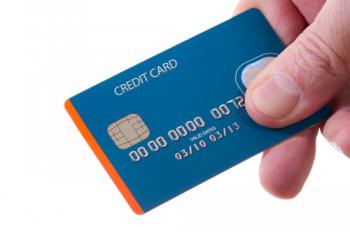Credit Lines
 A Look at Different Types of Credit Lines
A Look at Different Types of Credit Lines
A credit line is a credit source given form a financial institution such as a bank to a business, government, or individual. Credit lines are usually divided into three different types: Installment credit, revolving credit, and open credit.
Installment credit
Installment credit lines use a predetermined amount of payment that is paid at a regular interval. The borrower often pays a set amount of principal as well as interest on a monthly basis. These payments are then divided up throughout a set number of years.
Installment credit lines are often used for:
• Car payments
• Mortgage loans
• Student loans
Revolving Credit
Revolving credit lines allow a individual to spend up to a predetermined limit. The acquired debt can then be repaid at the end of a billing cycle by making minimum payments, which pays off the debt over time. The consumer is usually charged a certain amount in interest which is paid in addition to the principle after each billing cycle. The most common example of a revolving credit line
Open Credit
Open credit lines do not have any limit on spending or a minimum payment. However, payments are still usually due and end of a billing cycle.
Open credit lines are often used for:
• Utilities
• Gas station cards
• Cellular services
• Certain American express Cards
Business Credit
There are also business credit lines that are very similar to personal credit lines. The application process can vary since it can be made under a corporation’s business name or a LLC. These credit lines are not reported with the individual’s personal credit, allowing business credit and personal credit to be built separately.
Applying for a Credit Line
There are many different factors involved when applying for a credit line. Many financial institutions look at an applicant’s creditworthiness through a credit score, as well as the applicant’s debt and his or her ability to make payments on it.
Financial institutions may also look at a credit history and the ability for an applicant to repay. The can depend on how much money or income the applicant has, how sustainable the individual job and lifestyle are, and how past debts have been managed.
When trying to obtain a business credit line, a lender will look at the profits and losses of a company the profitability, and business risk of the business. The lending institution also determines the credit limit based on the assets that can be used as collateral, such as the physical building or real estate.
Related Topics
- Federal Student Loan Consolidation
- Loan Modification Programs
- Loan Modification
- Loan Consolidation
- Investment Property Loans
- Grants for Women
- Loan Amortization
- Unsecured Personal Loans
- Become an Expert on Loans!
- Short-Term Loans